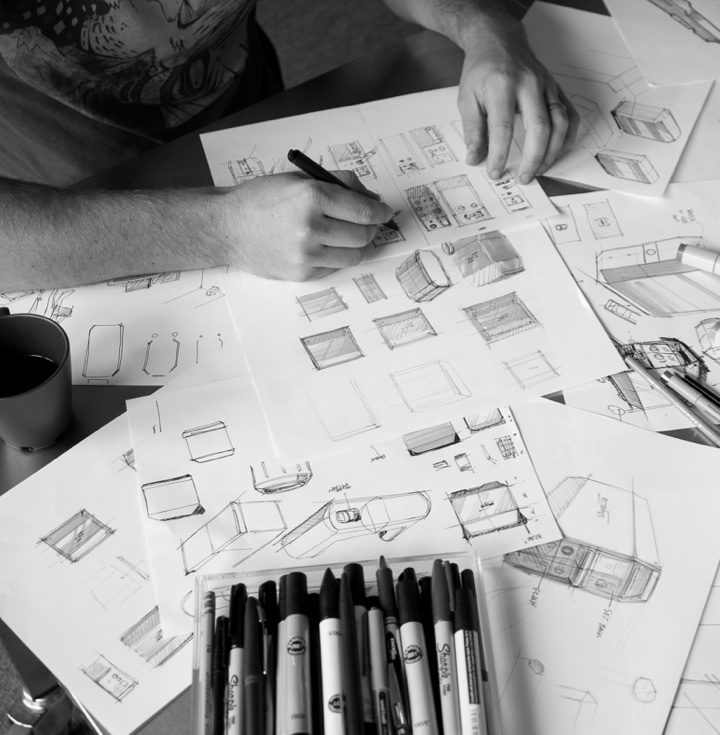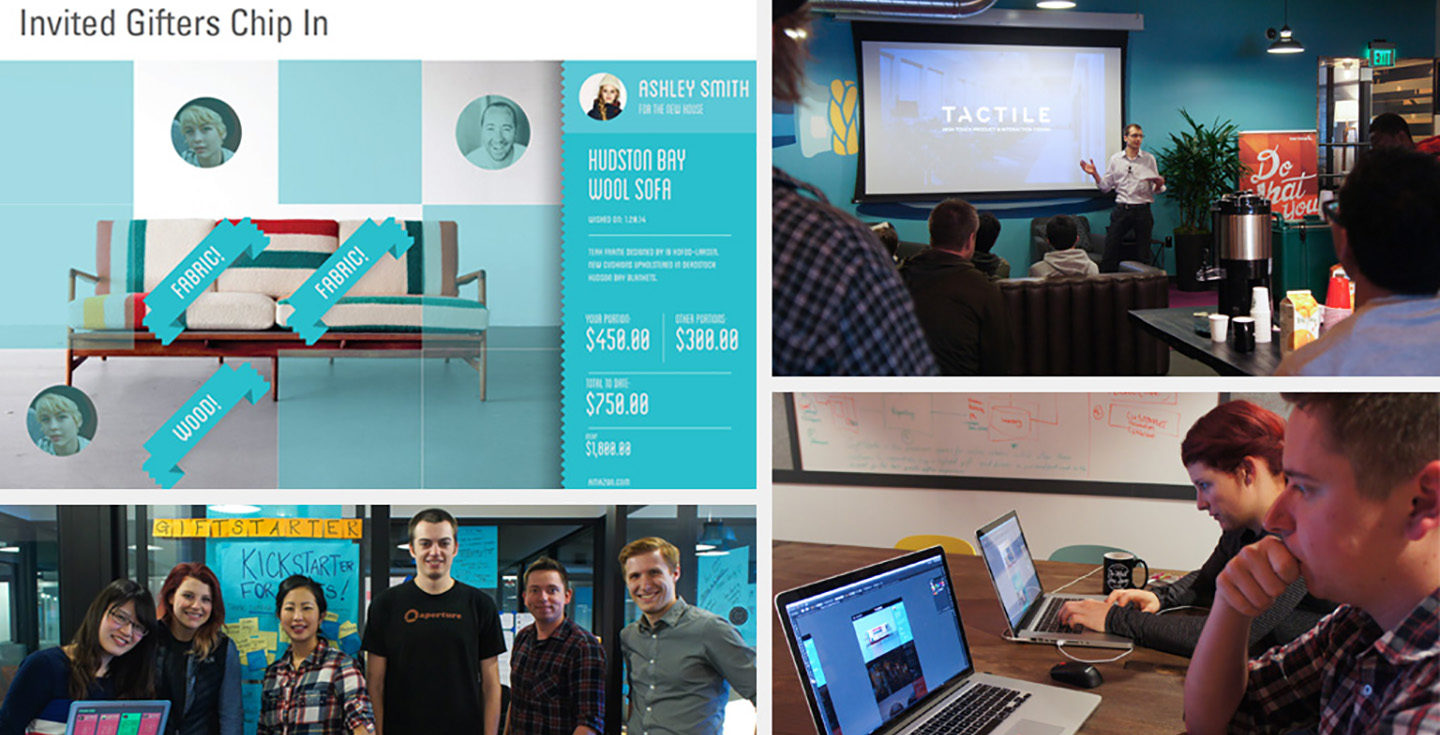
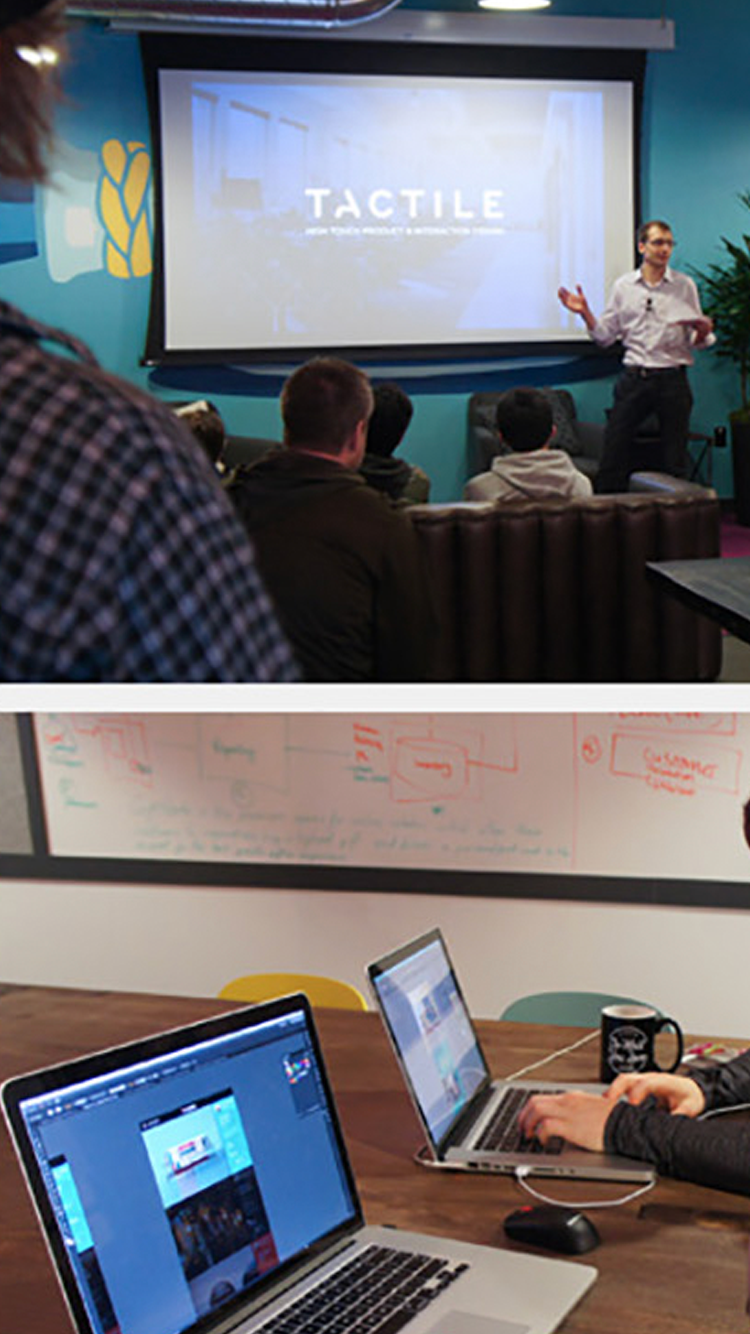
news
Starting Up
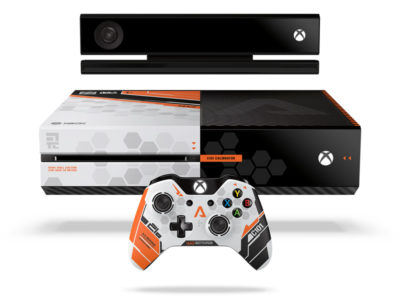
news
Titanfall
Titanfall has landed. We’re excited to play the most–anticipated game of the year—and to pick up the limited edition Titanfall Xbox controller. Tactile has been a long–time collaborator with Xbox, and this project let us peek behind the curtain during the development and launch of Titanfall and work directly with both Respawn Entertainment (the game developer) and Xbox’s internal industrial design team. Tactile Design Director Rich Hanks commented, “It’s great to design for such an enthusiastic user. Every detail is meaningful to the core gamer, so authenticity is key. The result has to have a ‘wow’ factor—something that will inspire someone to save up and wait in line the day it hits the shelves. We had to create a must have product for the Titanfall fan.” For this fast–paced graphics project, the Tactile team immersed itself in the world of Titanfall. The controller, like the game, has a future military feel, with direct references to one of the game weapons that is sure to be a player favorite. Our team’s challenge was preserving the integrity of the Xbox brand language while integrating the excitement the game offers. This meant incredible focus on detail, down to constant iteration on the perfect shade of Militia orange. With each limited edition Xbox controller we touch—Tactile collaborated on the Tomb Raider version in 2013—we learn new production processes and build experience we can bring to clients across other industries. We also love working with the Xbox ID team for their consistently high standards of quality and execution. It’s a great fit for the Tactile team, too, which is uniquely suited to intense CMF (color, material, finish) efforts that require high–level graphic attunement. It doesn’t hurt, either, that we have deep experience with Xbox gamer culture. Xbox is quickly becoming the center of entertainment for families. For us, limited edition controllers present a unique chance to design for serious gamers while making sure the result is accessible for every player. Working on graphics for the Titanfall controller is just one great experience in a long history of collaboration with the Xbox team. They are as passionate as we are about details, and we can’t wait to see what’s next.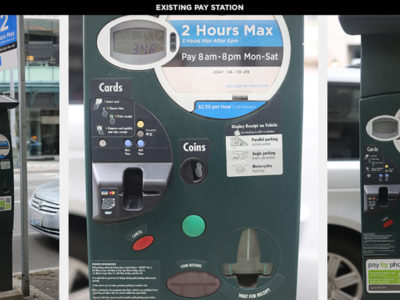
news
STREETVIEW PART I
Stuck card, connection failure, redundant charges—nearly every Seattle driver has had a frustrating experience with a parking pay station, including everyone on the Tactile team. So when the Seattle Department of Transportation (SDOT) announced their plan to replace 2,200 parking meters over the next two years, we took note. Then, when they installed seven trial pay stations along Fourth Avenue—literally in our front yard—with a request for public feedback, we got excited. We wanted to understand why Seattle is investing in a parking meter overhaul in the first place. According to Project Lead Margo Polley, SDOT purchased a few rounds of pay stations over the last decade that simply haven’t held up to network demands and necessary upgrades. The city definitely feels some buyer’s remorse. While some of the meters appear new, most are more than eight years old and no longer connect reliably to process payments (thanks to outdated modems and low-bandwidth networks). SDOT had to beg the city council for $450,000 in 2013 for an urgent modem patch, and they’re trying to avoid sinking more city dollars into technology that will quickly become obsolete. Now they’re searching for a pay station that will not only meet the city’s basic needs, but also hold up for at least a decade. The Tactile team designs tools that are both functional and attractive, with a heavy focus on creating a fluid, intuitive user experience. This applies to medical devices, professional–grade oscilloscopes, video game controllers and daily–use products not unlike our city parking meters. While constraints vary from project to project, the same principles of simplicity, ergonomics and intuitiveness apply across the board. Armed with these principles, we headed downstairs to Fourth Avenue to get to know the seven proposed pay stations. On first glance, it was clear that SDOT was attempting to offer drivers more options, but we felt that most of the seven prototypes missed the mark in terms of usability. Issues we observed included: • Feature creep—in trying to add a QWERTY keyboard, more time options and shortcuts, all of the pay stations ended up feeling cluttered. As a result, the primary function got lost and users ended up feeling overwhelmed. • Inconsistent visual language—most of the pay stations had a mess of colors, button shapes and stickers, all of which created confusion. Icons seemed arbitrary, too, with no symbols in common with other Seattle signage. • Weak information architecture—aside from hard–to–read type both on–screen and on the buttons (forget trying to read them at night), one of the biggest challenges we saw was a lack of visual organization and interaction flow. None of the pay stations presented a bold, simple set of 1–2–3 instructions for selecting time and payment that felt intuitive. There were extraneous buttons in strange places, or arrows pointing to other buttons that suggested reading more instructions on-screen—not exactly a clear and quick directive. • Poor haptics—though it might seem like a minor detail, more responsive buttons would help assure the user that their selections have registered correctly. A “solid” button feel and tactile feedback could mean the difference between an error–free ticket purchase and accidental overpayment. Of course it’s easy to see what isn’t working. Next, we want to learn more about the physical constraints, supplier options and necessary features that are driving the new pay station prototypes, and offer some constructive feedback. We love contributing to the conversation about something so close to home—and the “user experience” of a city we’re passionate about.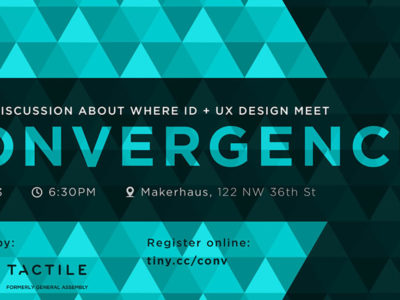
news
CONVERSATIONS
We’re thrilled to co–present this panel discussion with our friends at MakerHaus, exploring the evolution of design as a discipline–and the new media we are integrating each day. Register now; tickets (and refreshments) are free but seating is limited!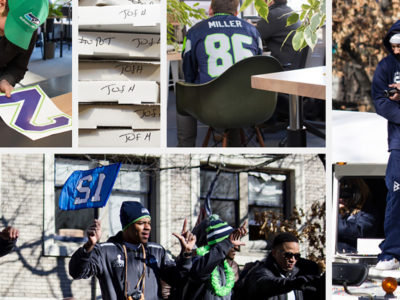
news
HAWK WATCHING
What a day to be downtown. Today we were among the million or so dedicated Seattle fans celebrating our Super Bowl Champions as they caravanned through the streets of downtown, right past our 4th Ave office. The pride, noise, and sheer number of Skittles were incredible to witness. Go Hawks!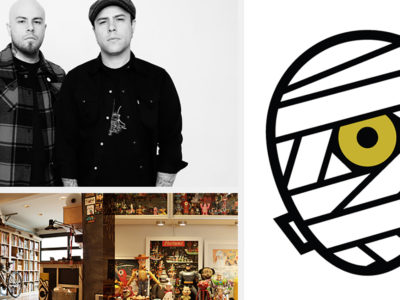
news
BRAND EVOLUTION
When it came to designing the new Tactile logo, we sought a fresh perspective from our friends Don and Ryan of Invisible Creature. We came to them with some high–level ideas that we thought reflected our culture well, and they lent a refined eye and a touch of the unexpected. It was a great collaboration with a talented local design agency. It goes without saying that it’s tough to finalize your new logo—but the guys at IC made it feel easy.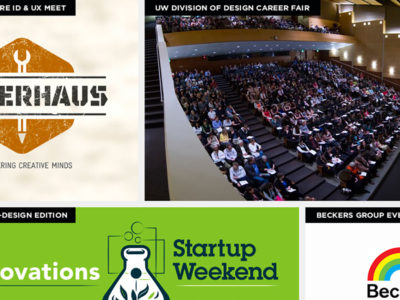
news
Upcoming Events
Tactile is engaging with some of our favorite spaces and organizations around town in the upcoming months. Find us at: • Convergence: A conversation about where ID & UX meet, Makerhaus, March 13 • UW Division of Design Career Fair, PACCAR Hall & HUB @ UW, March 19 • Startup Weekend—Design Edition, WeWork, March 21-23 • Beckers Group Event, TBD Stay tuned for more info. We hope to see you soon!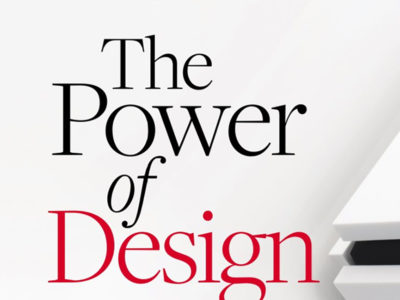
news
FEATURED
Josh Kornfeld, our principal, lends his voice to “The Power of Design” in this month’s Seattle Business Magazine. The article surveys the strength—and potentially exponential growth—of design in the Northwest’s largest city.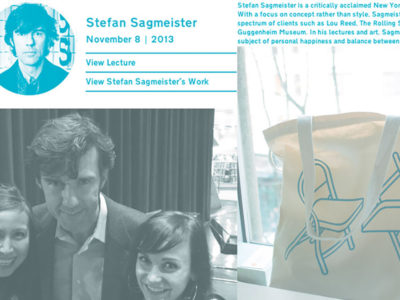
news
Sagmeister Visits Seattle
Last week, a few of our industrial, user experience and graphic designers attended a riveting talk by Stefan Sagmeister—the famed NYC–based Austrian designer—as part of the Design Lecture Series at the Seattle Public Library. The aloof designer stereotype definitely didn’t apply here: Stefan was animated and determined to keep the audience engaged. His current project is “The Happy Show,” and his little tricks—like having everyone sing coordinated karaoke at the top of their lungs—emerged from his self–experiments and research into the “user experience” of happiness. Another tip? Before bed, think of three things that “worked” today, rather than worrying, planning or letting your mind wander. As with gratitude, he’s decided that satisfaction is a key ingredient in happiness. Not revolutionary, but affirmation that it takes a little work to maintain a positive outlook. We designers spend our days creating and actualizing products that are tangible, appropriate and well–suited to their critical functions. So it was particularly interesting to hear Stefan talk about his time away from day–to–day professional design, investigating discreet projects with purely artificial constraints. Each of his sabbatical exercises, everything from designing an entire CD package to drawing freehand, had to be completed in three hours. Not surprisingly, the lack of freedom and resources forced him to be more creative, focused, and even turned out a better product—a somewhat elementary lesson it never hurts to remember. Sagmeister’s ideas are simple. It was the spirit of his talk, though, that was appealing: Stay engaged at all costs. Remember what’s working. Trick yourself into staying focused and keeping things fresh. Don’t let yourself become cynical or removed from the sheer creative joy of designing. And, most importantly, take time to find the silly little tricks that keep you happy each day.
